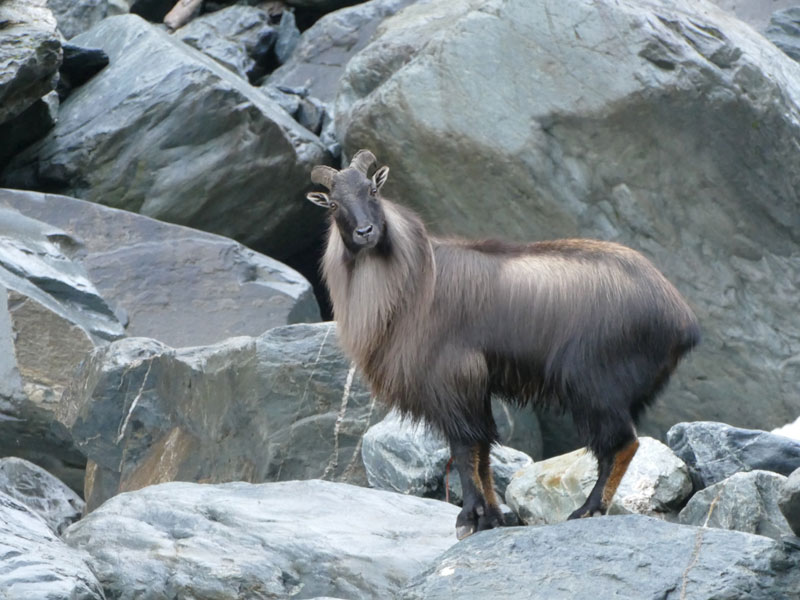NZ Tahr Foundation goes to court, says DOC’s plan is ‘unacceptable’
3 min read
NZ Tahr Foundation says DOC’s plan is “unacceptable”. Photo: Derek Johnson
The NZ Tahr Foundation announced have today (29 June 2020) that they are asking the High Court for an urgent ruling to stop the Department of Conservation (DOC) from going ahead with its new tahr control plan.
The application for an injunction was filed in the High Court in Wellington on Friday last week (26 June 2020).
“DOC’s new plan is due to come into force on 1 July and would target all tahr including mature bulls in national parks. It would also triple the number of helicopter hours being funded to kill all tahr wherever they range,” Tahr Foundation said in a statement released on its Facebook page.
Until now, the tahr control plan previously agreed with hunters has only killed female and juvenile tahr. The foundation says DOC’s plan is “unacceptable” and it has been left “no choice but to go to court to try and stop it being implemented”.
“Tahr are magnificent animals but they will be decimated if DOC is allowed to go ahead with a control plan of this magnitude. There will effectively be no tahr resource left in national parks,” said NZ Tahr Foundation spokesperson Willie Duley.
“DOC’s plan has been drawn up without involving hunters and then at the last minute, we have been given just two days to look at it.”
Read more: DOC tahr plan not founded on adequate science: GAC
In a previous Facebook post shared on the NZ Tahr Foundation’s page (dated 21 June), they said they had received the DOC’s draft operational tahr control plan for the next year at “short notice” before the Tahr Liasion Group meeting the following Friday.
“This is not proper consultation; it is a token effort. Hunters are key stakeholders in this process, and we want the courtesy of DOC engaging with us in good faith,” Duley said.
“We know tahr numbers need to be managed, and in the last three years, we have collectively reduced herd numbers by over 18,000 animals.
“The benefit of this approach is that DoC achieved the agreed reduction in tahr numbers thanks to good stakeholder involvement, and hunters actively helped reduce herd numbers saving the taxpayer purse.”
Duley added that in 1993, the Himalayan Thar Control Plan set an introductory herd limit of 10,000 tahr and also required ongoing reviews and scientific research.
“The plan required DOC to scientifically establish the number of tahr, which did not exceed acceptable levels of browse while still providing a viable hunting resource. Over the last 27 years, they have never done this, nor reviewed the Plan as is also required.
“Until this is done, we will continue to have this ongoing conflict between stakeholders.”
Duley says tahr are highly valued by hunters and make a significant economic contribution to South Island regions where they live.
“Tahr are magnificent animals, living in fantastic scenic locations. They are a treasure, a holy grail for Kiwi hunters who respect them and want the chance to pursue them,” he says.
“These hunters make a valuable contribution to South Island businesses. COVID-19 has hit these businesses hard. With tourist hunting at a standstill, the money Kiwi tahr hunters are injecting into the local economy is keeping these operations going and saving jobs.”
New Zealand Deerstalkers Association Inc (NZDA) said it is supportive of the Tahr Foundation’s court application.
“The NZDA and other hunting organisations are willing and happy to work with DOC to produce good tahr herd management plans,” said Gwyn Thurlow, NZDA chief executive.
“We deserve to be properly consulted and our suggestions carefully considered.
“We have a good track record on working constructively to produce good workable plans that have seen tahr populations reduced by more than 12,000 animals in two years.”



